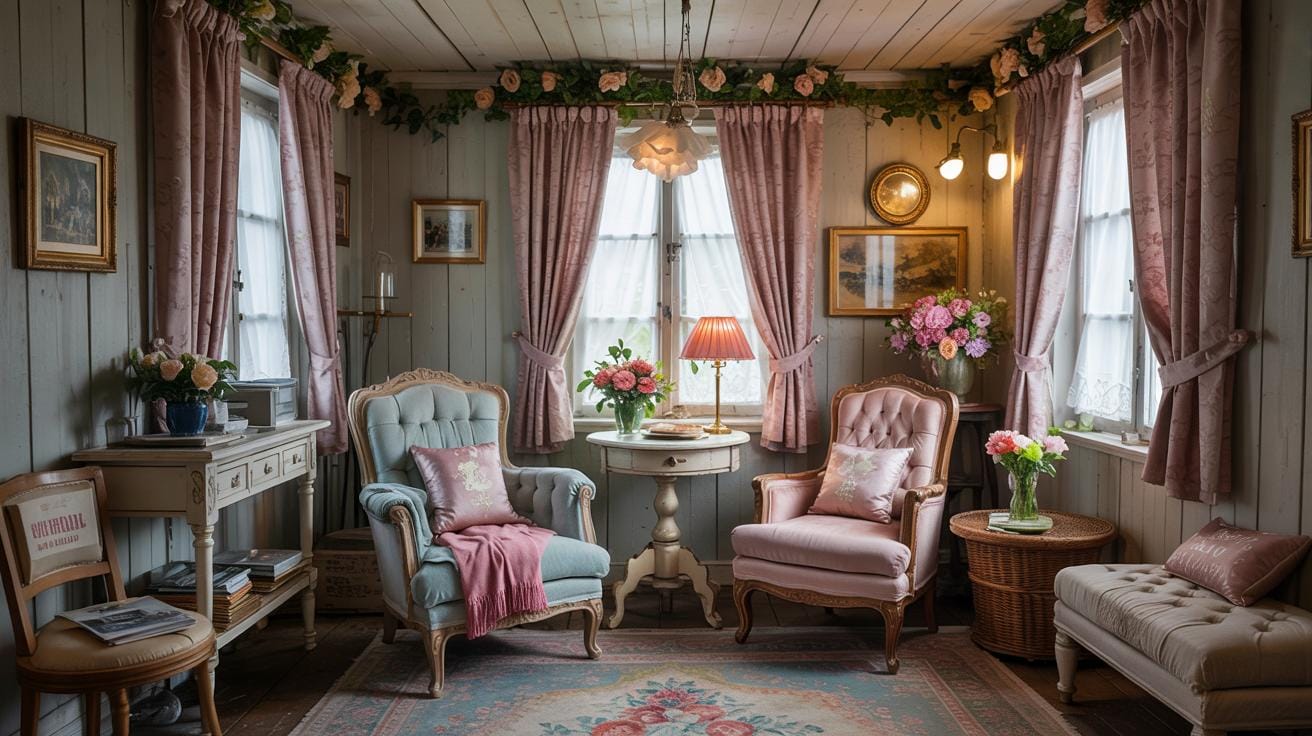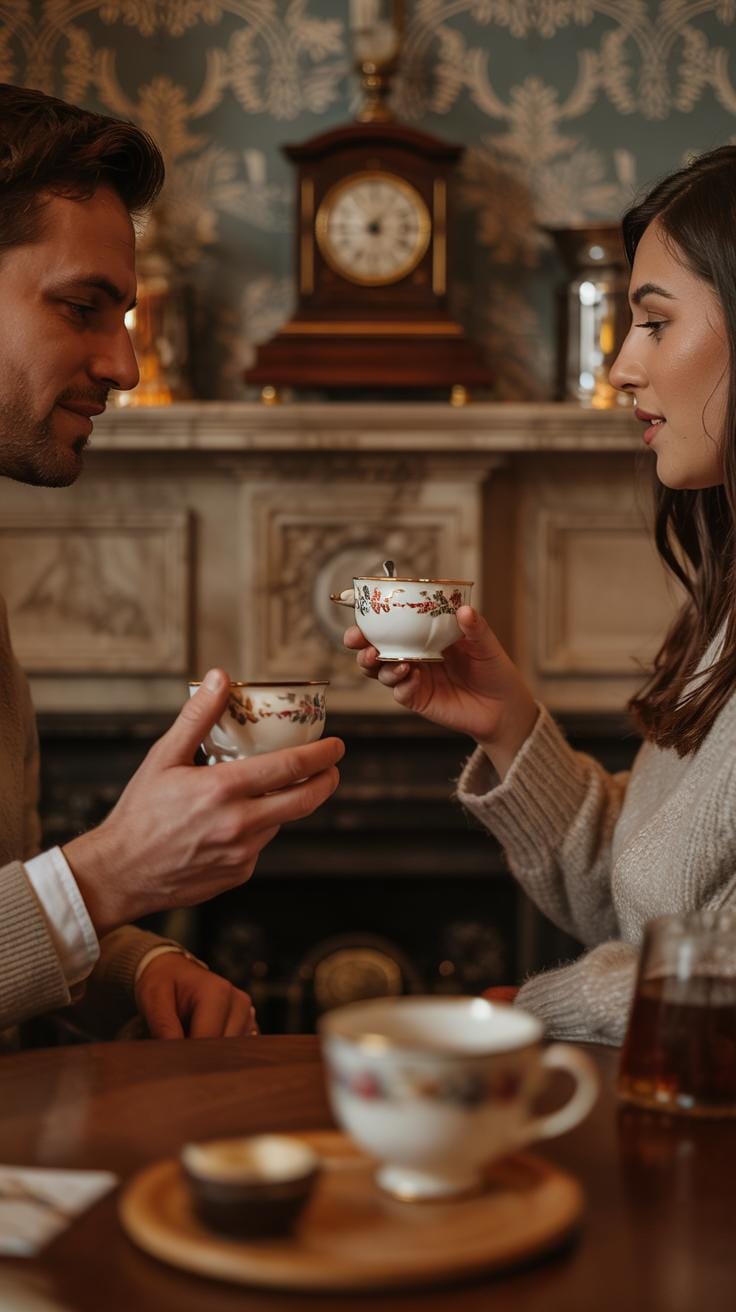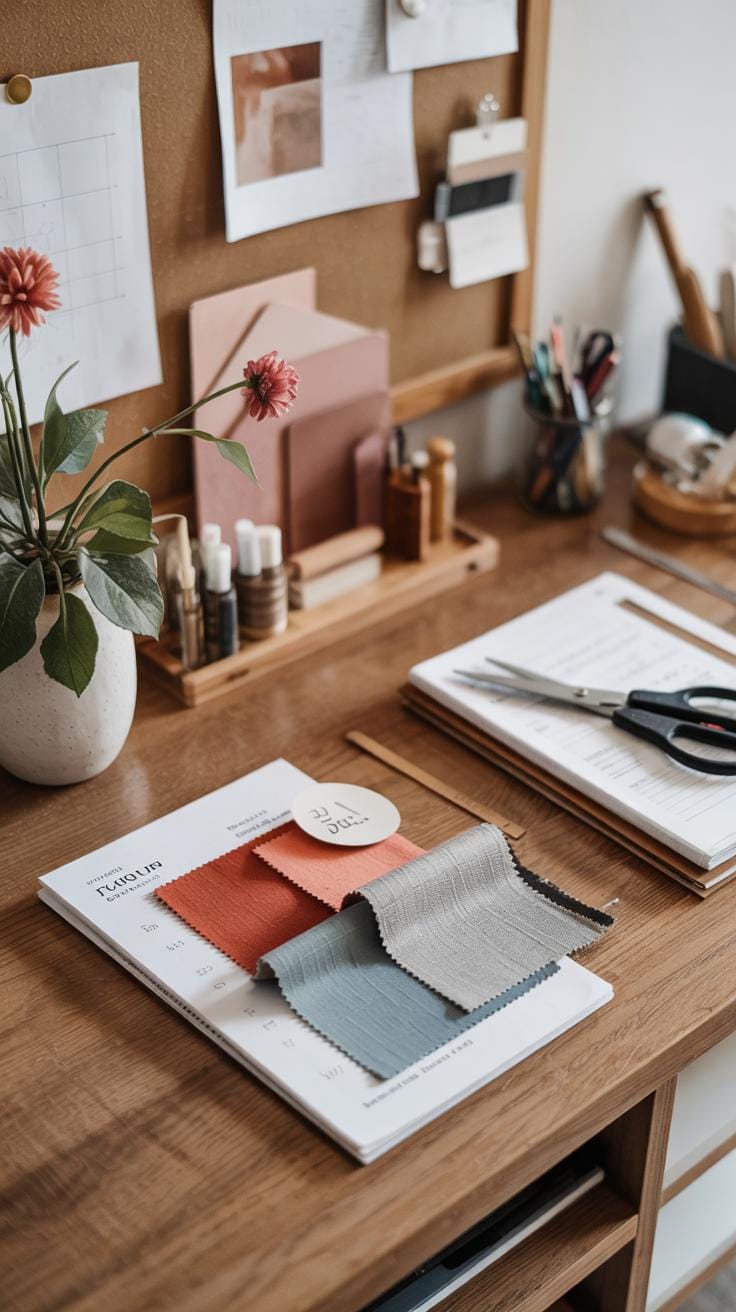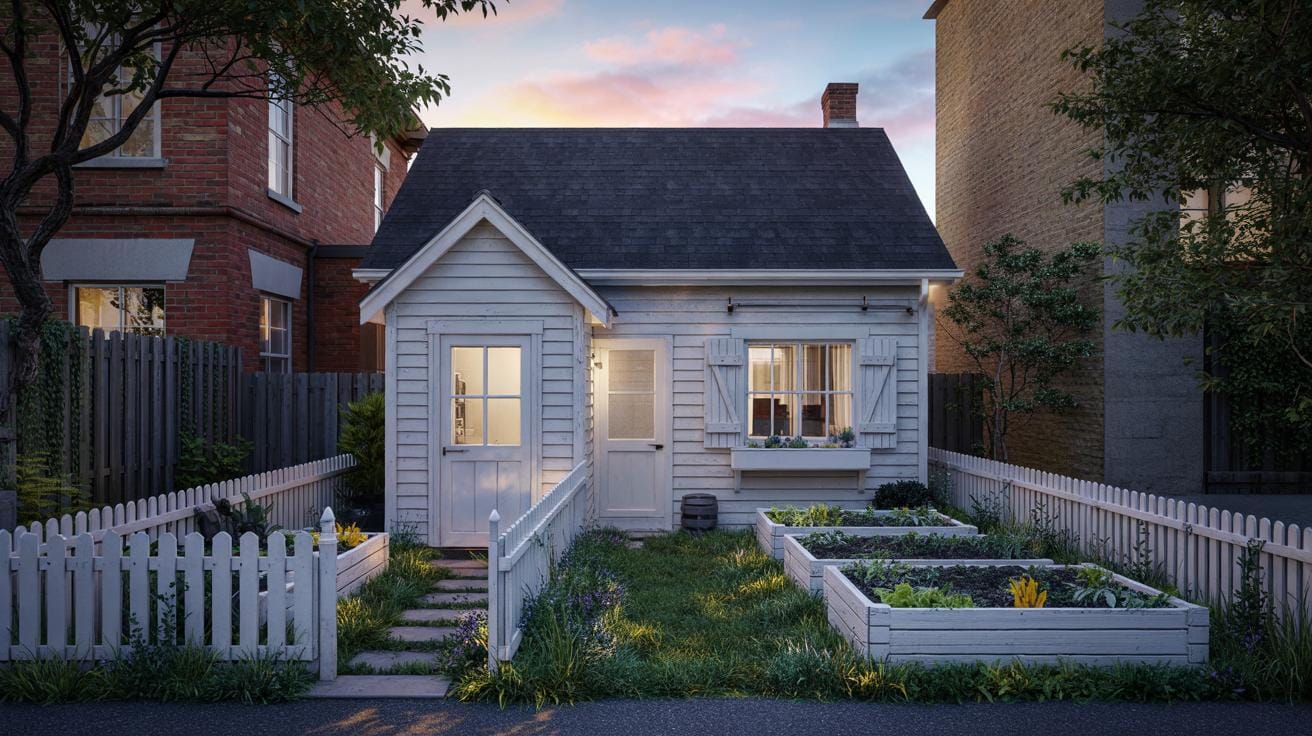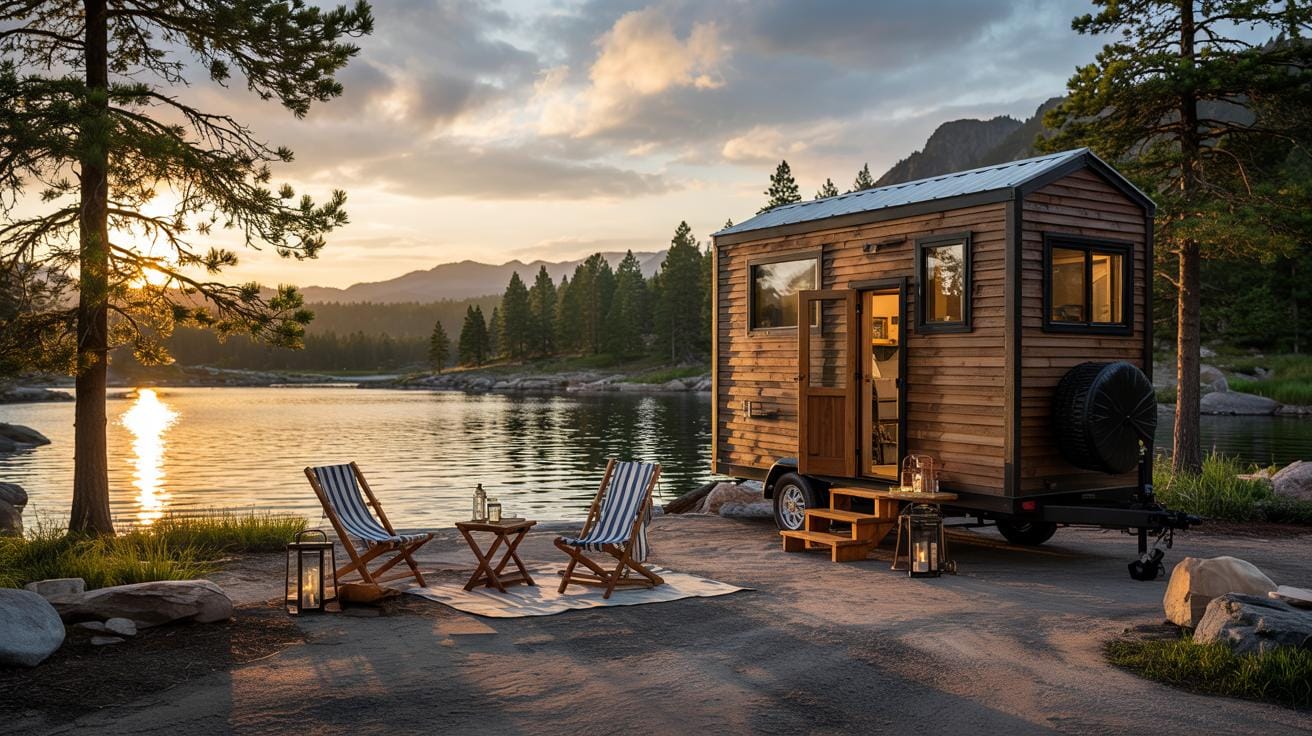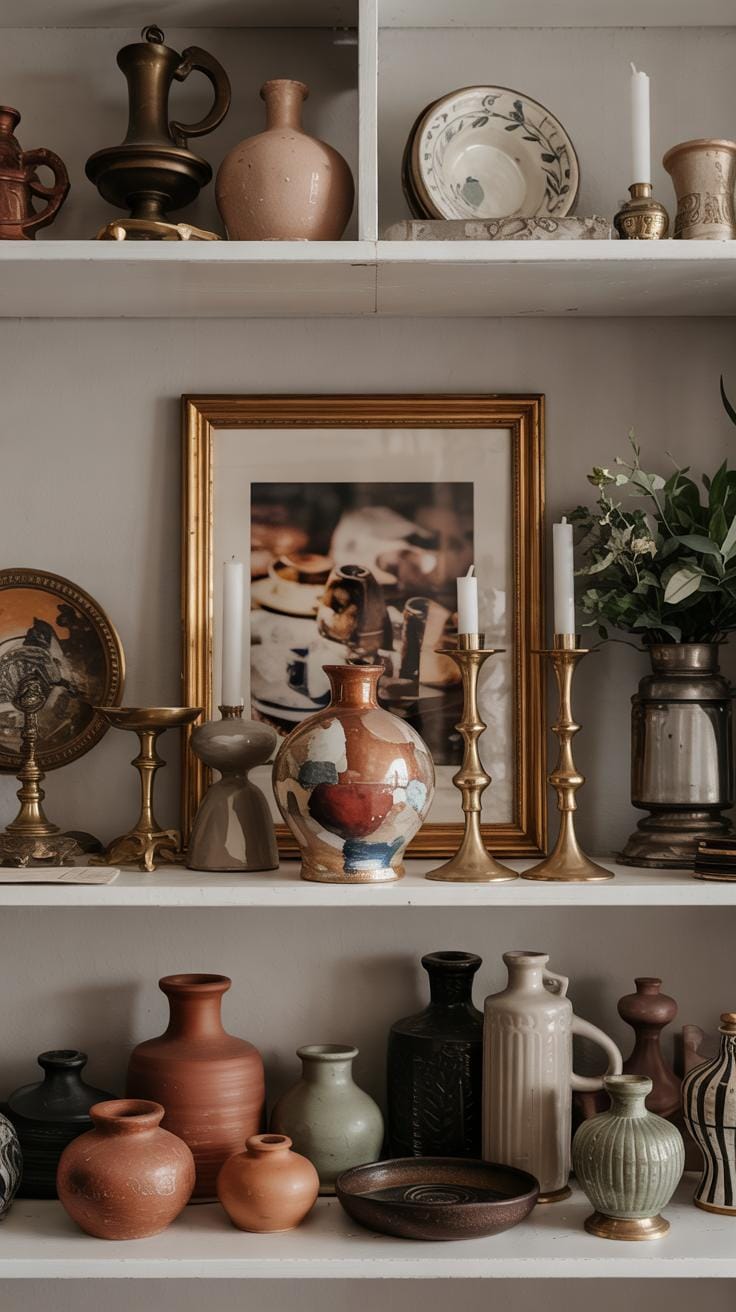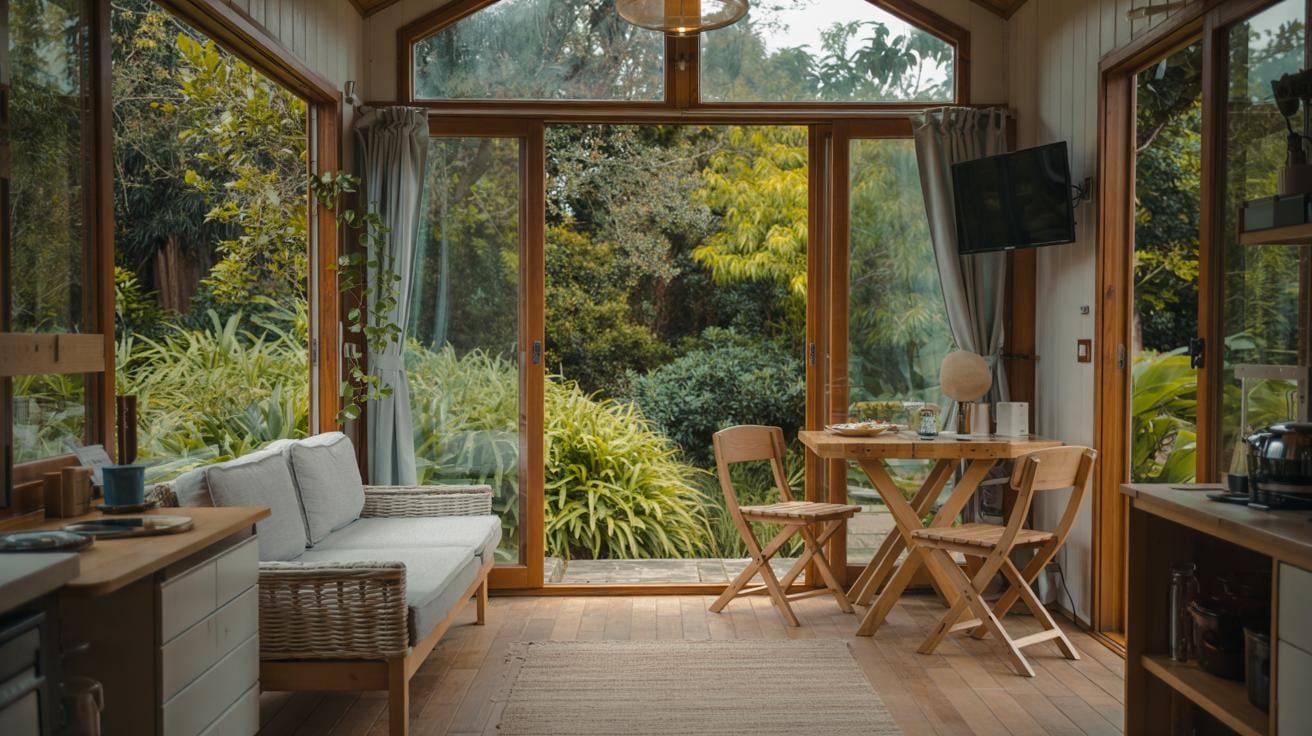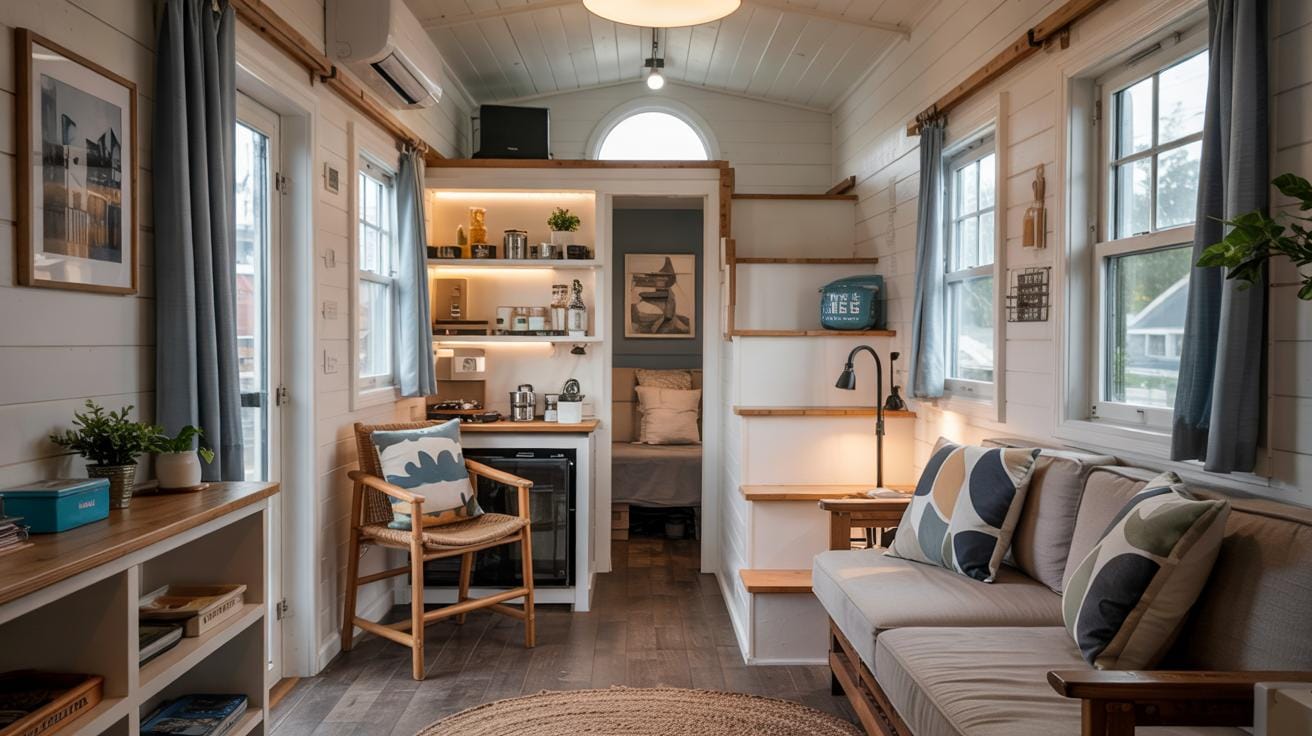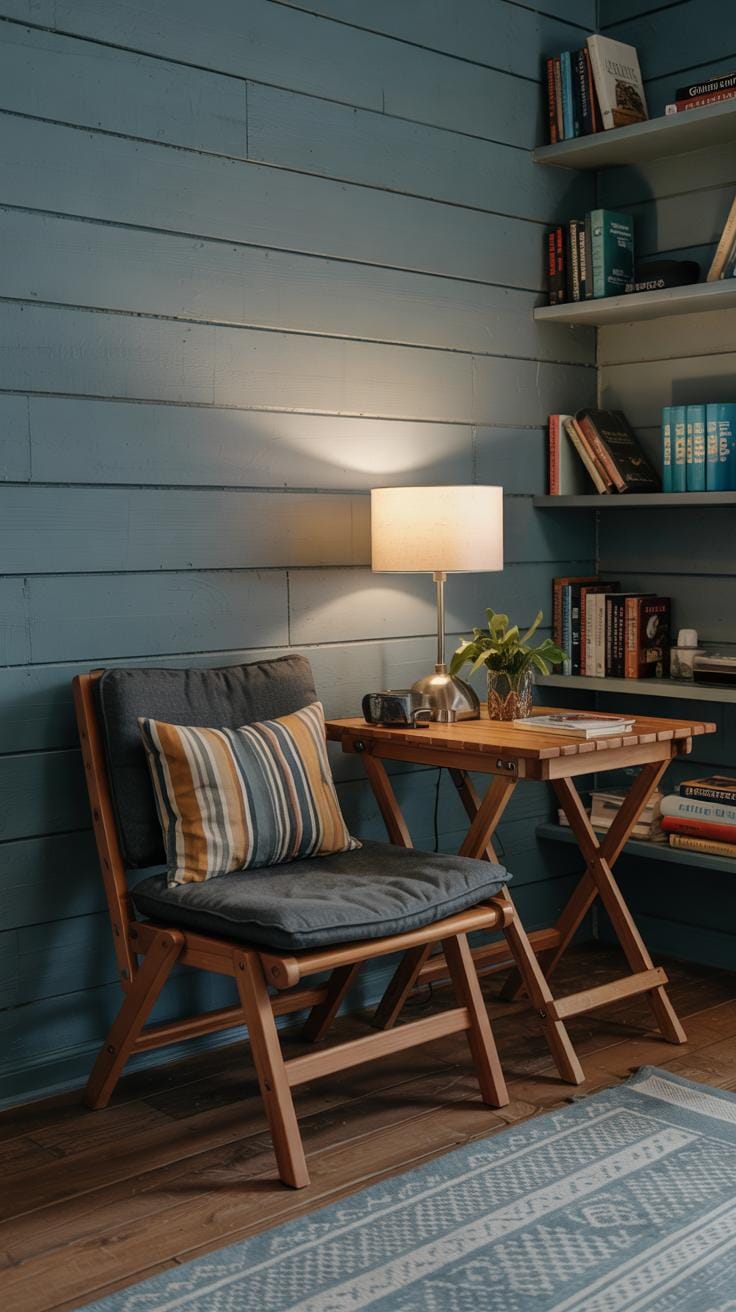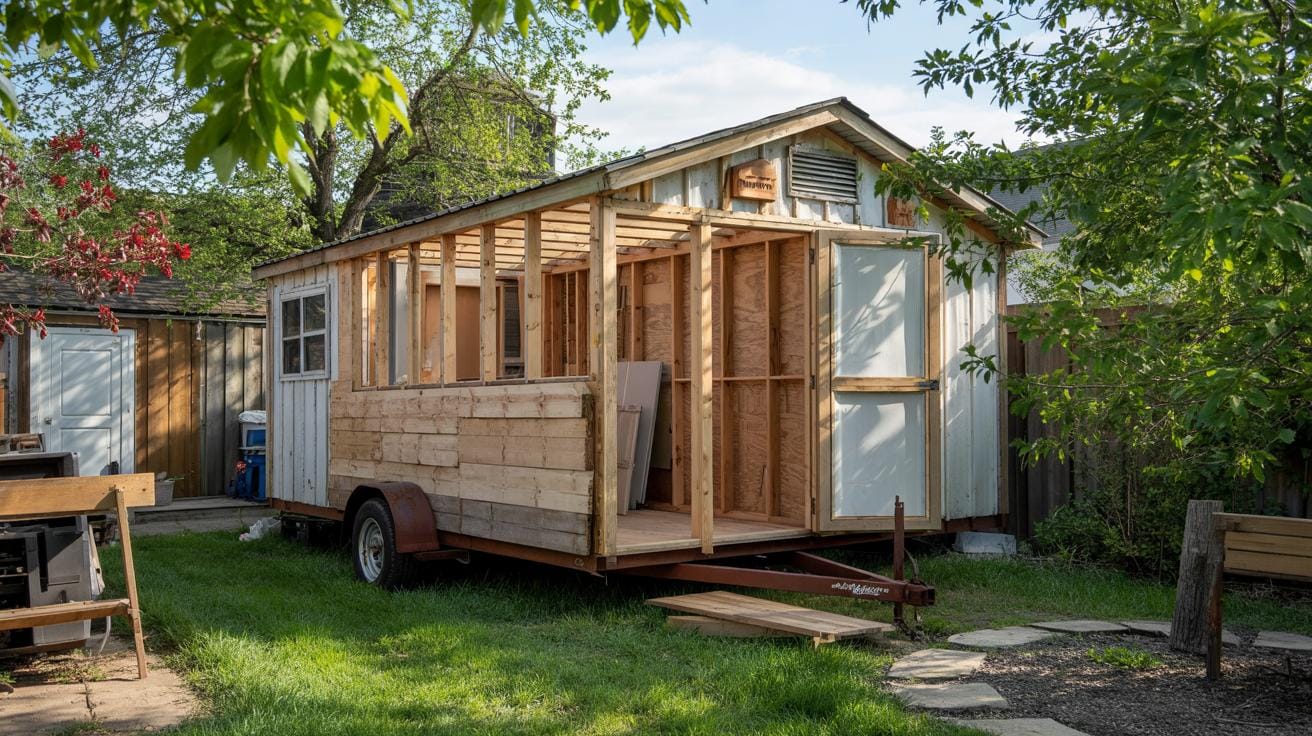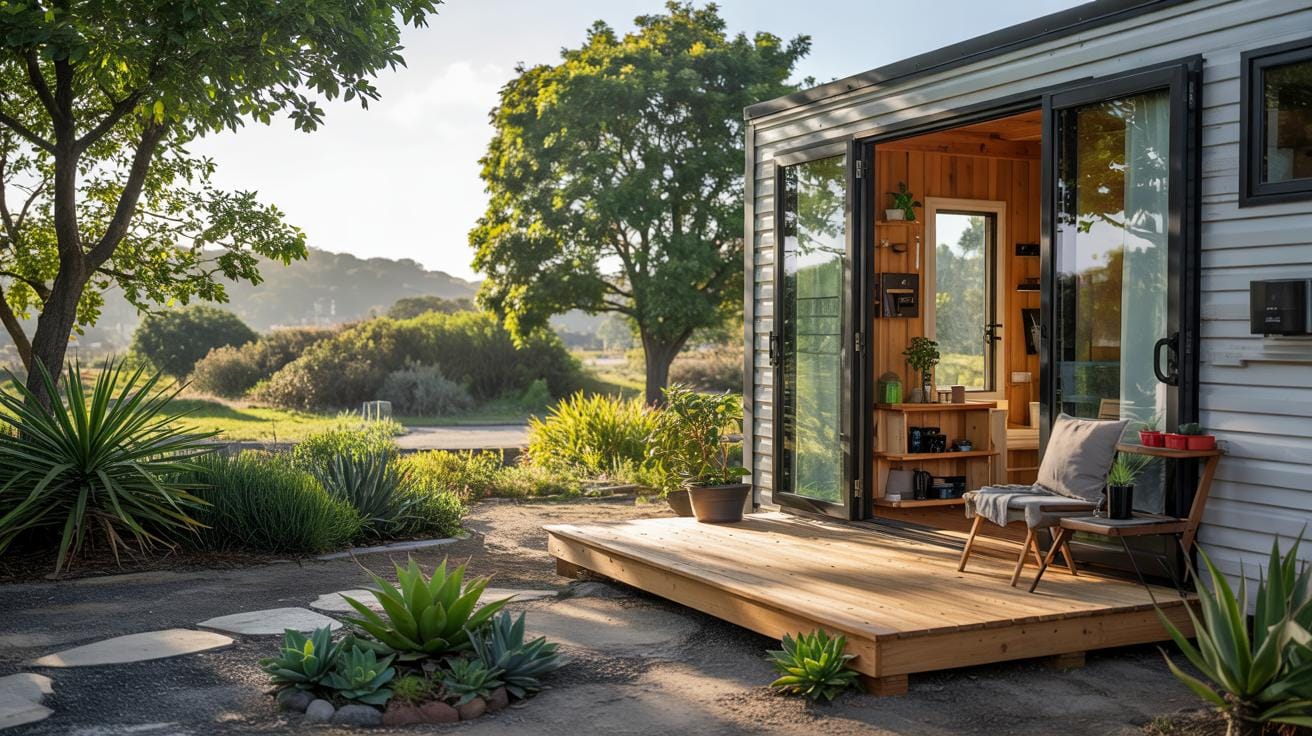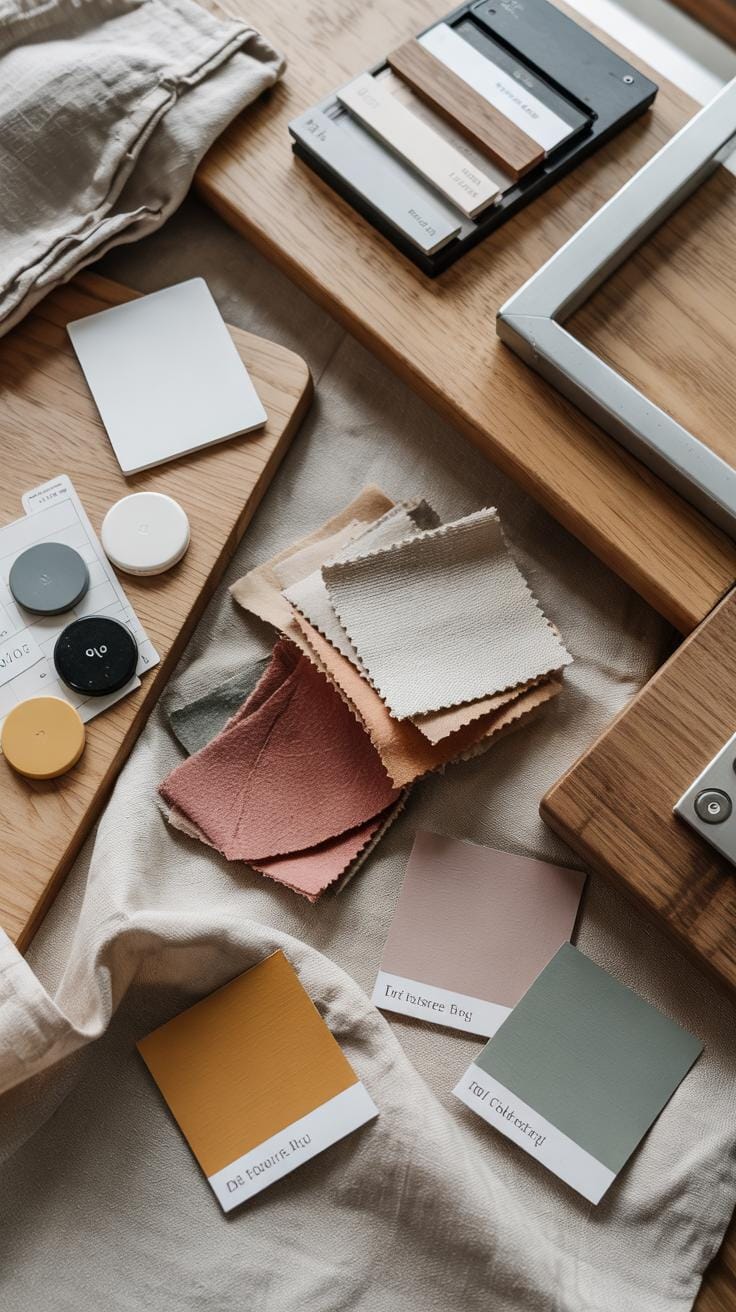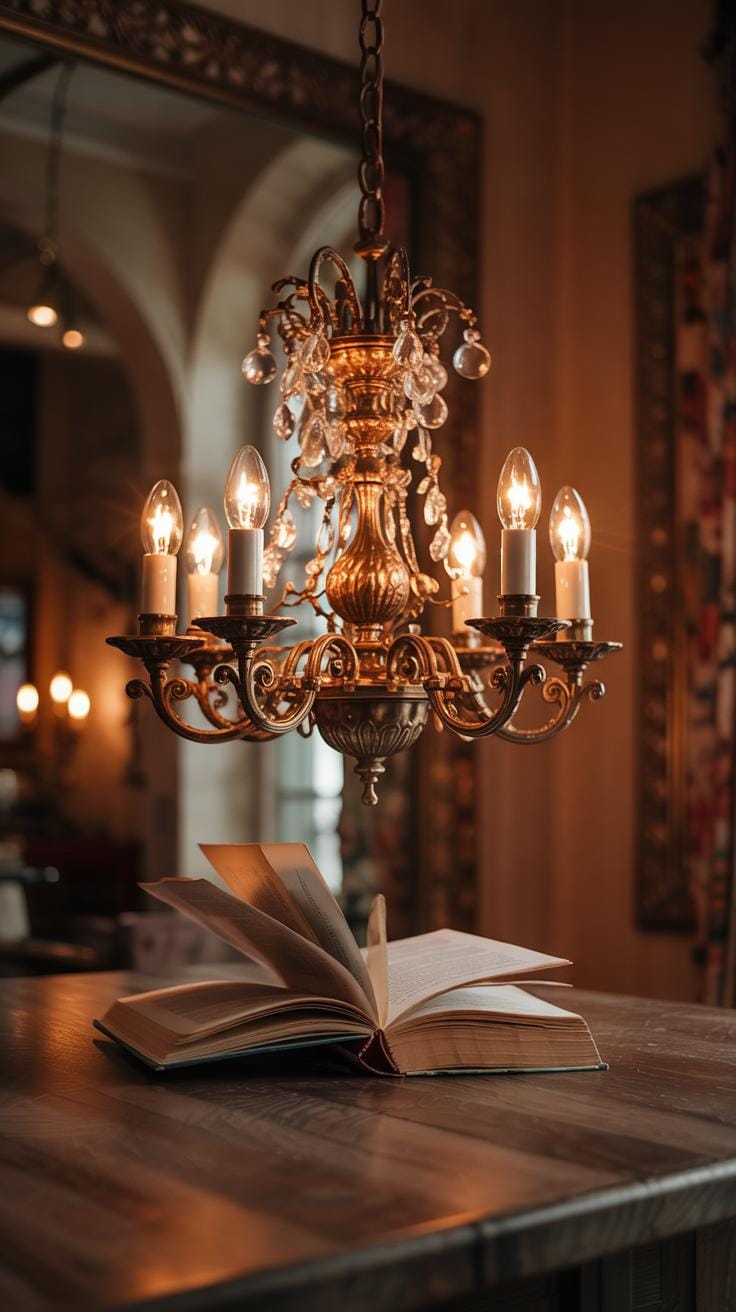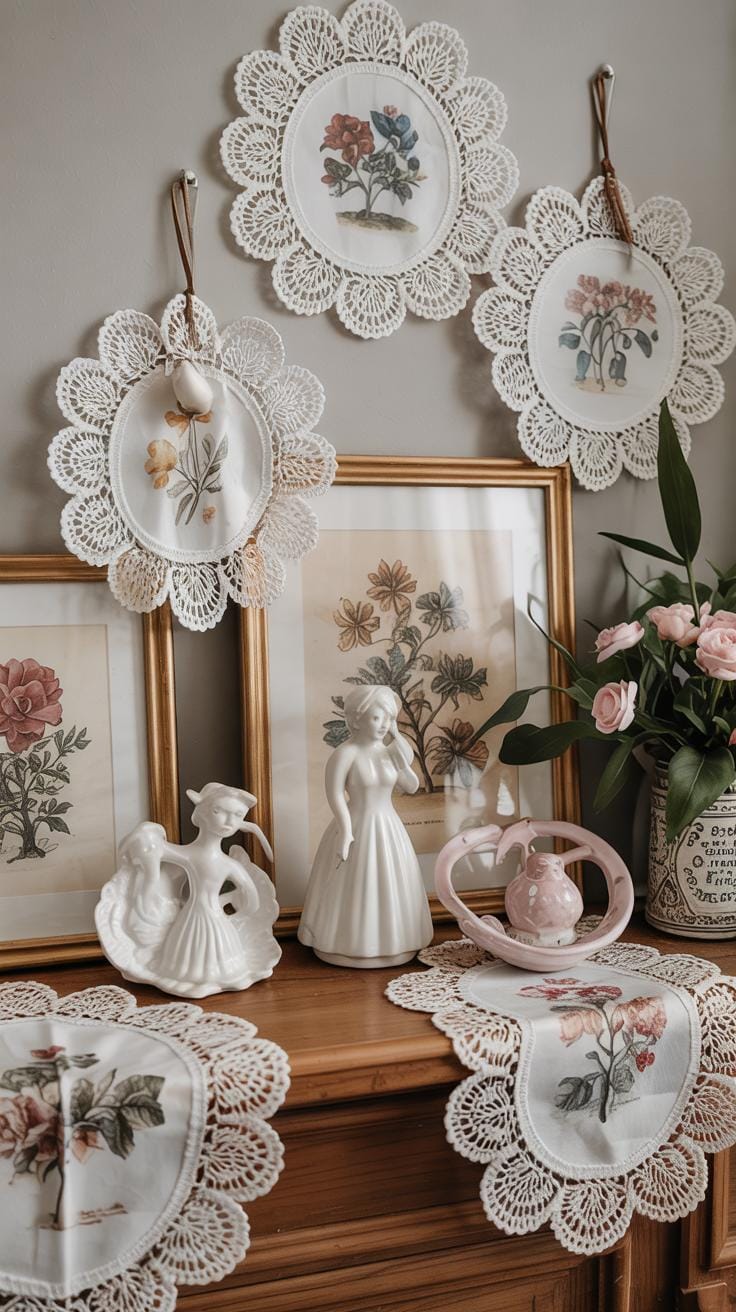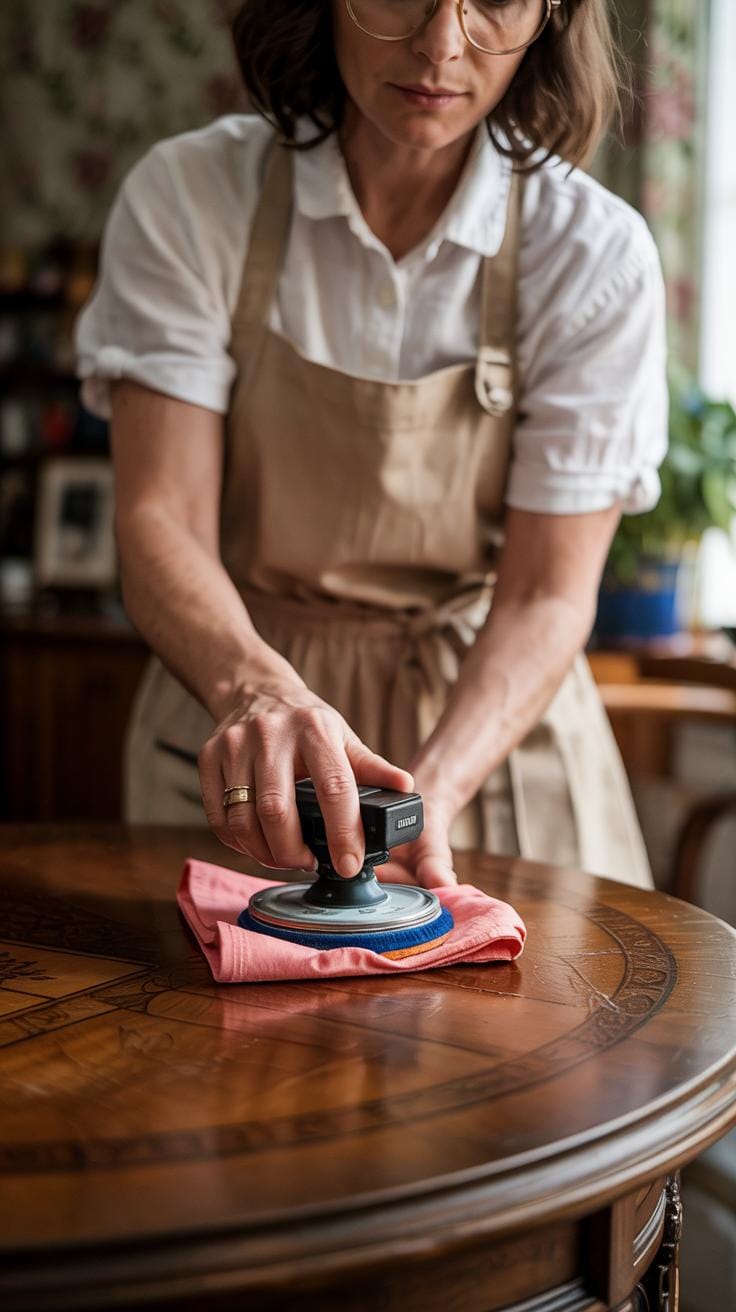Introduction
Tiny cottage interiors offer a unique way to live simply while maximizing every inch of space. With limited square footage, each design choice must be thoughtful and purposeful. This article guides you through the essentials of tiny cottage interior design and how vintage-inspired decor can add charm and character to these compact homes. You will learn practical tips for combining style and function, making your small living space comfortable and inviting.
Vintage inspired decor brings warmth and history into tiny cottages. It connects the past with the present by using classic designs, materials, and colors. This article explores how vintage elements can be integrated into tiny cottage interiors to create a cozy yet efficient environment. By the end, you will understand how to balance simplicity and vintage charm for a timeless look that fits your lifestyle and space perfectly.
Understanding Tiny Cottage Living
What Defines a Tiny Cottage
Tiny cottages are modest homes usually ranging between 100 and 400 square feet. Unlike larger residences, these cottages focus on simplicity and efficiency. Many are built with traditional materials like wood and stone, giving them a timeless look. Their design often includes pitched roofs, cozy nooks, and natural light sources like windows and skylights. Tiny cottages differ from typical houses by their minimal footprint and fixed location. They also contrast with mobile tiny homes, which are built on trailers and designed for travel. The small size demands thoughtful layouts and multifunctional spaces to meet daily needs.
Advantages and Challenges of Small Living
Living in a tiny cottage cuts costs in repairs, heating, and taxes. It encourages less consumption and a smaller carbon footprint by limiting space for belongings. You may find it easier to clean and maintain such a home. Despite these benefits, the limited space often means less storage and fewer private areas. If you need room for hobbies or visiting guests, small cottages can feel tight. Regulations sometimes create hurdles; some areas restrict construction or lack codes for tiny homes. How can you balance simplicity with comfort and meet local rules? These are key questions when embracing tiny cottage living.
Planning Your Tiny Cottage Interior
Planning your tiny cottage interior starts with understanding how to use every square foot wisely. Think about multifunctional furniture that can serve more than one purpose. A sofa that converts into a bed or a table that folds down from the wall saves space and adds flexibility.
Organize your belongings in ways that keep the room open. Use baskets and containers that fit under beds or inside cabinets to keep clutter out of sight. Consider where you spend most of your time and design those areas to be as comfortable and useful as possible.
Ask yourself what daily activities are non-negotiable in your space. Will you need a dedicated work corner, or is cooking your priority? Your answers will help shape your layout and choice of furniture to create a living space that works well for your lifestyle.
Maximizing Space Efficiency
Start by laying out furniture to keep pathways clear. Place taller storage units against walls to open up floor space. For example, shelves that reach the ceiling let you store more without crowding your living area.
Look for furniture designed for tiny spaces, like nesting tables or stackable chairs. Use vertical storage solutions such as hanging racks or wall-mounted organizers for kitchen tools and accessories.
Consider built-in elements like window seats with storage underneath or beds with drawers. These ideas use space that often goes unused. How can you add storage without making your tiny cottage feel cramped?
Setting Priorities for Function and Comfort
Decide which functions you need most in your tiny cottage. Do you value a cozy place to relax more than a large dining area? Choose furniture that matches these priorities without taking up too much space.
Comfort matters, but it must fit within your space limits. Look for seating with slim profiles and cushioned surfaces that invite you to unwind without overwhelming the room.
Balance utility by selecting pieces with hidden storage, so every item has a place. What daily comforts can you keep without sacrificing your cottage’s open feel? Pinpointing these will guide your decorating and furniture choices effectively.
Choosing Vintage Inspired Decor
Vintage inspired decor brings character and warmth to tiny cottages. It uses styles and elements from past decades that feel familiar and inviting. This kind of decor fits small homes well because it often focuses on simple, charming pieces that tell a story.
Vintage decor includes designs from different periods, each with its unique features. These designs often feature natural materials, soft or muted colors, and patterns that reflect the era they come from. Using vintage pieces can make your small cottage feel timeless and personal.
Are you thinking about how to bring a sense of history and comfort into your tiny space? Vintage inspired decor might offer the perfect mix of style and practicality.
What is Vintage Inspired Decor
Vintage inspired decor means using furniture and accessories influenced by styles from the past, usually from the early to mid-1900s. It focuses on original or reproductions of items that have aged gracefully or show classic design trends. Key traits include wood, metal, and natural fabrics like cotton or linen.
Colors typical of vintage styles range from soft pastels to deeper jewel tones. You might see floral or geometric patterns often used as motifs on fabrics, wallpaper, or ceramics. Combining these materials and colors creates a cozy, lived-in feel that suits a small cottage well.
Which materials and colors make you feel most at home? Understanding these elements helps you craft a space that feels authentic and balanced.
Popular Vintage Styles for Interiors
Several vintage styles work well in tiny cottages. Art Deco features clean lines, bold shapes, and rich colors, bringing a bit of luxury without overwhelming a small space. Mid-century modern uses simple, functional forms and natural wood tones, ideal for keeping things open and light.
Shabby Chic focuses on soft, worn finishes and light colors, making your cottage feel delicate and inviting. Mixing a few elements from these styles can add depth to your space without cluttering it.
Have you thought about which vintage style fits your taste and the amount of space you have? Trying small accessories from those periods can help you decide before committing to bigger pieces.
Selecting Furniture That Fits
Choosing furniture for a tiny cottage means balancing size, style, and usefulness. Your furniture must fit the space without crowding it. Think about how each piece functions throughout the day. Can a chair double as storage? Will a table fold away when not in use? These questions matter more here than in larger homes.
Look for furniture that offers more than one purpose. For example, a vintage trunk can act as a coffee table and a storage bin. Keep pieces light in color and design to maintain the open feel. Avoid bulky or overly ornamental furniture that takes up too much room. Select items with clean lines but vintage detail, like turned legs or antique knobs, to keep the cottage siding consistent.
How does the furniture flow with the rest of your tiny home’s charm? Every piece should feel like it belongs and help you live comfortably. Think about your daily habits and find furniture that fits not only the space but your lifestyle.
Compact and Functional Furniture Choices
Scaling furniture down doesn’t mean losing function. Many compact pieces serve more than one role. For example, a storage bed hides blankets or books under the mattress, making extra space in drawers unnecessary. Fold-out tables expand when you eat or work and shrink back to save room.
Look for chairs that stack or fold, so you can make space when guests visit. Ottomans with hidden compartments offer a place to rest your feet and store items like magazines or throws. Small bookshelves that fit into corners or above doors keep rooms neat without crowding floor space.
Ask yourself if a piece solves multiple problems at once. This approach frees your space while keeping it usable. Can your desk serve also as a vanity? Can your dining table double as a craft workspace? Multifunctional furniture is a must in tiny cottage living.
Incorporating Vintage Pieces
Adding vintage furniture helps your tiny cottage feel authentic and layered. Look for smaller vintage items, like petite side tables, narrow armoires, or delicate dressing stools. These pieces bring character without overwhelming your rooms.
Visit yard sales, thrift shops, or local flea markets for unique finds. Online marketplaces can also offer affordable vintage treasures. When buying, measure everything carefully to ensure pieces fit tight corners or narrow hallways.
You can refresh older furniture by repainting or reupholstering with subtle vintage patterns that suit your decor. Combining vintage and vintage-inspired pieces keeps the space unified and interesting. How can using authentic vintage furniture tell your cottage’s story while making the best use of its small size?
Color Palettes and Materials for Vintage Tiny Cottages
Choosing Colors That Reflect Vintage Styles
Vintage color palettes often include soft pastels, muted earth tones, and rich jewel shades. Think dusty rose, sage green, butter yellow, and deep navy. These colors bring warmth and history into your tiny cottage.
Light colors, such as pale blues or creams, help your small space feel open and airy. Darker hues like burgundy or forest green create a cozy, intimate atmosphere. Which feeling do you want to emphasize in your space—light and open or warm and snug?
Try combining these colors in layers. For example, paint walls a soft pastel and use deeper shades in accessories or upholstery. This contrast gives your room depth without shrinking the space. Using vintage tones wisely allows you to honor the past while making your tiny cottage feel just right.
Using Textures and Materials
Wood plays a key role in vintage decor. Reclaimed floorboards or exposed beams bring texture and story to small interiors. You can use natural wood finishes or paint them in classic vintage colors for balance.
Enamelware, common in vintage kitchens, adds shine and a timeless touch. Old-fashioned enamel mugs or light fixtures can enhance your vintage vibe.
Fabrics such as linen, cotton, and chintz add softness and character. Floral or gingham patterns suggest nostalgia and charm. Layering these materials creates a tactile experience that makes your tiny cottage inviting.
How can you combine these materials in your own space? Think about pairing wood surfaces with vintage fabrics and enamel details to build a room that feels both practical and full of personality.
Lighting to Enhance Vintage Ambiance
Lighting plays a key role in shaping the vintage feel of your tiny cottage while making sure the space remains bright enough for daily tasks. Using natural and artificial light in smart ways helps keep the space open and welcoming.
Natural Light Maximization
Your tiny cottage benefits greatly from well-placed windows. Position windows to catch the most daylight, especially on the south or east sides, where sunlight is strongest in the morning. Use light, sheer curtains or simple linen shades to let sunlight enter while maintaining privacy. Avoid heavy drapes that block light or long valances that reduce window size. Mirrors opposite windows can reflect daylight and brighten darker corners. Have you considered how window size or placement affects the flow of natural light in your smallest rooms?
Selecting Vintage Inspired Lighting Fixtures
Choose lamps and fixtures that bring both function and vintage style to your home. Brass or bronze table lamps with fabric lampshades give warm, diffused light ideal for cozy corners. Look for pendant lights with colored glass or exposed Edison bulbs to add character without overwhelming the space. Wall sconces with adjustable arms save floor space and provide task lighting where needed. You might want to search thrift shops or online stores for authentic or reproduction pieces that blend style and utility. What lighting fixture could become your vintage cottage’s new centerpiece?
Decorative Elements That Create Vintage Feeling
Accessories define the vintage style in a tiny cottage without overwhelming the space. Choose a few well-selected items that tell a story and give your home charm. Think about vintage clocks with aged faces or brass details. These stand out on a simple wall and draw attention without taking up floor space.
Framed art with soft, muted colors or black-and-white photographs add personality to your walls. Pick small to medium sizes that fit narrow areas. Antique knickknacks, like porcelain figurines or old books, placed sparingly on shelves or tables, enhance the feeling of timelessness.
What items do you already own that can work as vintage accents? This question helps make your decor unique and meaningful while staying practical.
Choosing Key Decorative Accessories
Start by focusing on accessories that combine style and function. Vintage clocks are not only charming but keep you on schedule. Framed botanical prints or landscapes evoke the past without crowding your walls. Look for items with simple lines and muted tones to keep things cohesive.
Antique knickknacks like glass bottles, small trinket boxes, or ceramic dishes create visual interest without demanding much space. Each piece should add to the story of your home rather than compete for attention.
Think about your daily routine—can a vintage tray serve your morning coffee or a lace doily soften a side table? Selecting versatile accessories brings both personality and purpose.
Balancing Decor With Space
In tiny cottages, every piece counts. Avoid overcrowding by limiting the number of decorative items in each area. Choose one or two statement vintage pieces per room rather than many small items together.
Display collections in contained areas like a single shelf or a shadow box rather than spreading them everywhere. Clear surfaces and open spaces make rooms feel larger and more inviting.
Would you rather have a few eye-catching pieces or numerous small items scattered around? Keeping this in mind helps you balance charm with space, ensuring your vintage decor adds warmth without clutter.
Storage Solutions for Vintage Tiny Cottages
Every inch counts in a tiny cottage, especially when you want to keep a vintage feel without clutter. You can hide storage in plain sight by adding built-in shelves under windows or stairs. These create extra spots for books, linens, or kitchen items without taking up floor space.
Consider wall-mounted cabinets with glass doors to show off vintage dishes while keeping them safe. Using narrow shelves in hallways or corners can store small items neatly. Choosing storage that blends with your cottage’s old-fashioned style helps keep the vintage charm alive and the space open.
What storage challenges do you face in your tiny home? Finding creative ways to add space without ruining the vintage look might be easier than you think.
Multi-Purpose Storage Furniture
Furniture that offers storage solutions solves two problems at once. A bench with a lift-up seat can store blankets, shoes, or seasonal clothing. A coffee table with drawers or shelves holds magazines, remotes, or craft supplies.
You might use a vintage trunk at the foot of the bed or as extra seating and storage. These pieces keep your cottage tidy and reduce the need for bulky closets.
Choosing multi-use furniture lets you make the most of limited space without removing the vintage style you love. Have you tried swapping single-purpose pieces for multi-functional ones?
Creative Vintage-Inspired Storage Ideas
Vintage trunks offer roomy storage and bring old-world charm. Look for metal or wood trunks at flea markets or thrift stores. Wooden crates stack nicely to store books or kitchenware while creating a rustic display.
Hooks and pegboards help organize tools, hats, and coats. You can hang metal or wooden hooks on walls or behind doors for easy access to daily items.
Old suitcases can double as wall shelves or storage containers on top of closets. These vintage objects create storage that works hard without feeling out of place.
How could you turn an everyday vintage item into hidden storage that suits your space?
Maintaining Your Tiny Vintage Cottage Interior
Keeping your tiny vintage cottage tidy takes simple daily habits. Make a habit of putting items away right after use to prevent clutter. Small spaces feel larger when clear and orderly.
Regularly check wooden surfaces for dust and signs of wear. A soft cloth and gentle wood cleaner keep them looking their best without damage. Treat scratches with touch-up markers made for vintage finishes.
Clean fabric pieces by vacuuming carpets and upholstered furniture weekly. Spot-clean stains immediately with mild soap and water. Avoid harsh chemicals that can weaken old fibers.
Use natural light and airflow daily to reduce moisture and odors. Open windows or doors for a few minutes each day. Moisture can cause wood to warp and fabrics to mildew.
Try simple seasonal updates like swapping soft textiles or refreshing wall art. Changing one or two pieces can keep your space feeling new without heavy redecorating. How often do you rotate your decor to keep your vintage cottage inviting?
Cleaning and Caring for Vintage Materials
Wood surfaces need gentle care to preserve their finish. Dust with a dry microfiber cloth to avoid scratching. When deeper cleaning is needed, mix a few drops of gentle soap in warm water and apply with a soft cloth.
Fabric upholstery and curtains require careful attention. Vacuum regularly using a low setting and clean spots with mild detergent diluted in water. Always test on a small hidden area first.
Metal accents, like handles or fixtures, should be wiped with a damp cloth. Polish them occasionally with products designed for vintage metals to prevent tarnishing.
Think about the last time you cleaned a cherished vintage item. Did you use safe methods that preserved its look? Small actions can protect these materials for many years.
Organizing and Refreshing the Space
Create a weekly routine to keep your cottage organized. Spend 10 minutes tidying counters and storing items in their place. This habit stops clutter from piling up in your small home.
Change textiles seasonally to add comfort and freshness. Swap heavy throws for lighter fabrics in warm months and brighten your space with new pillows or rugs. This keeps the cottage feeling current and cozy.
Evaluate your belongings every few months. Donate or store items you no longer use. This practice helps maintain space and reinforces your vintage decor by focusing on meaningful pieces.
Have you thought about how small updates affect your mood and comfort? Regular care not only preserves your tiny vintage cottage but also makes it a place you enjoy coming back to every day.
Conclusions
Designing a tiny cottage interior takes careful planning and creativity. Focusing on space-saving solutions, multi-functional furniture, and smart layouts will help you make the most of limited space. Incorporating vintage-inspired decor adds personality and nostalgia, enhancing the home’s atmosphere without overcrowding it. Each element should serve a clear purpose while contributing to a cohesive style that feels natural and comfortable.
Your tiny cottage can be both practical and charming by blending modern functionality with vintage aesthetics. Thoughtful choices in color, furniture, lighting, and decor create a home that reflects your taste and meets your needs. By embracing simplicity and honoring the past through vintage elements, your tiny cottage becomes a welcoming retreat designed for efficient and joyful living.

